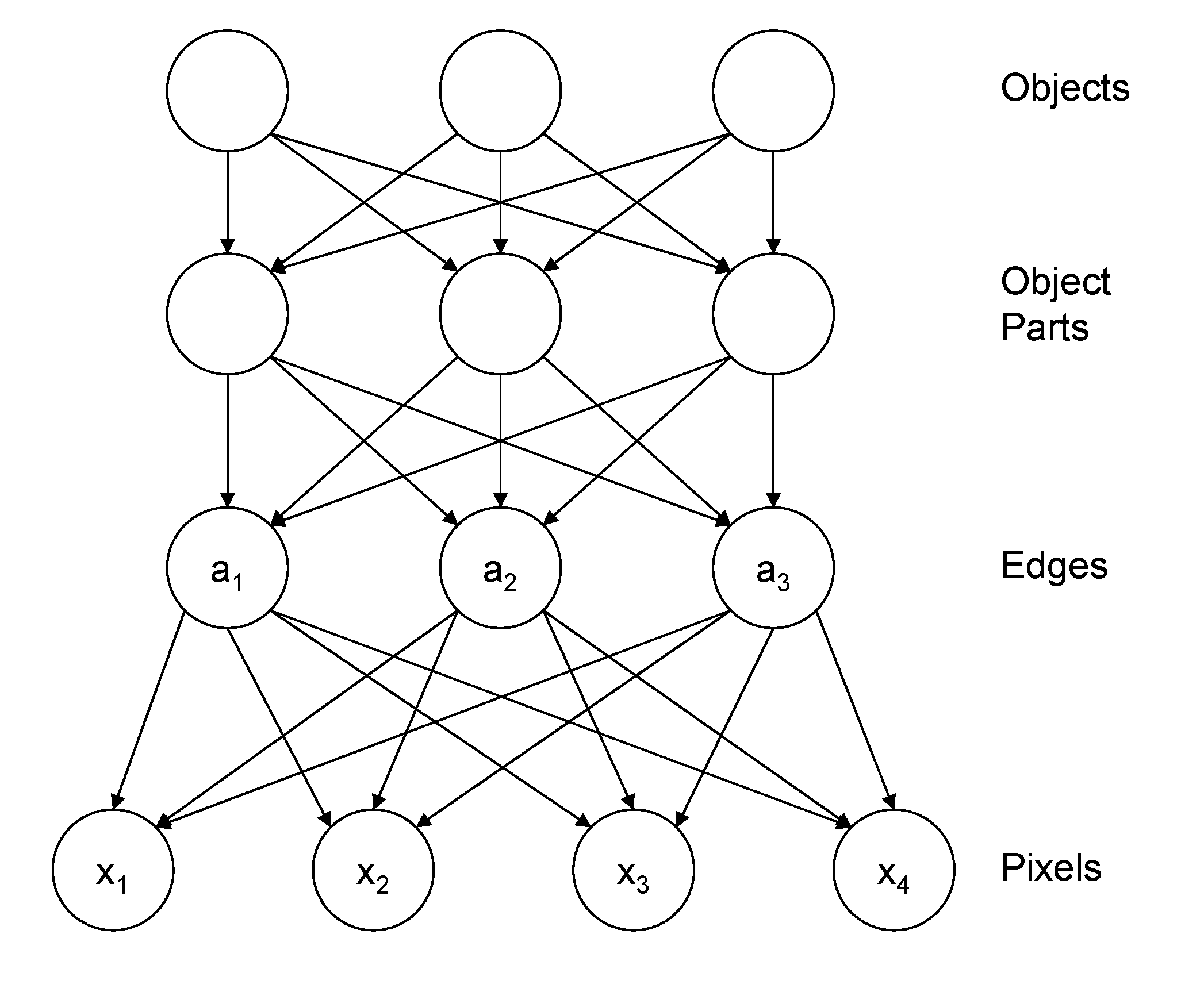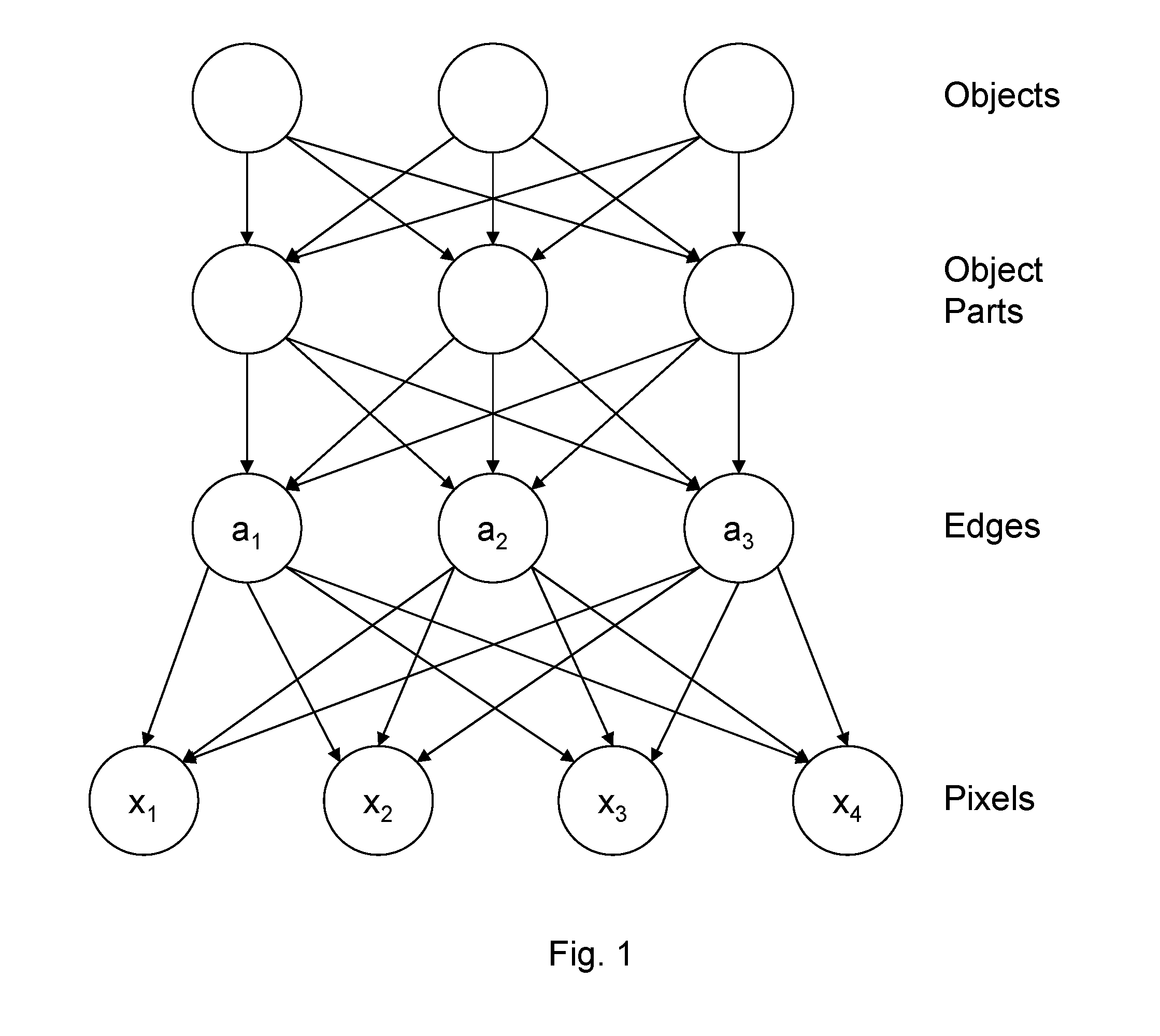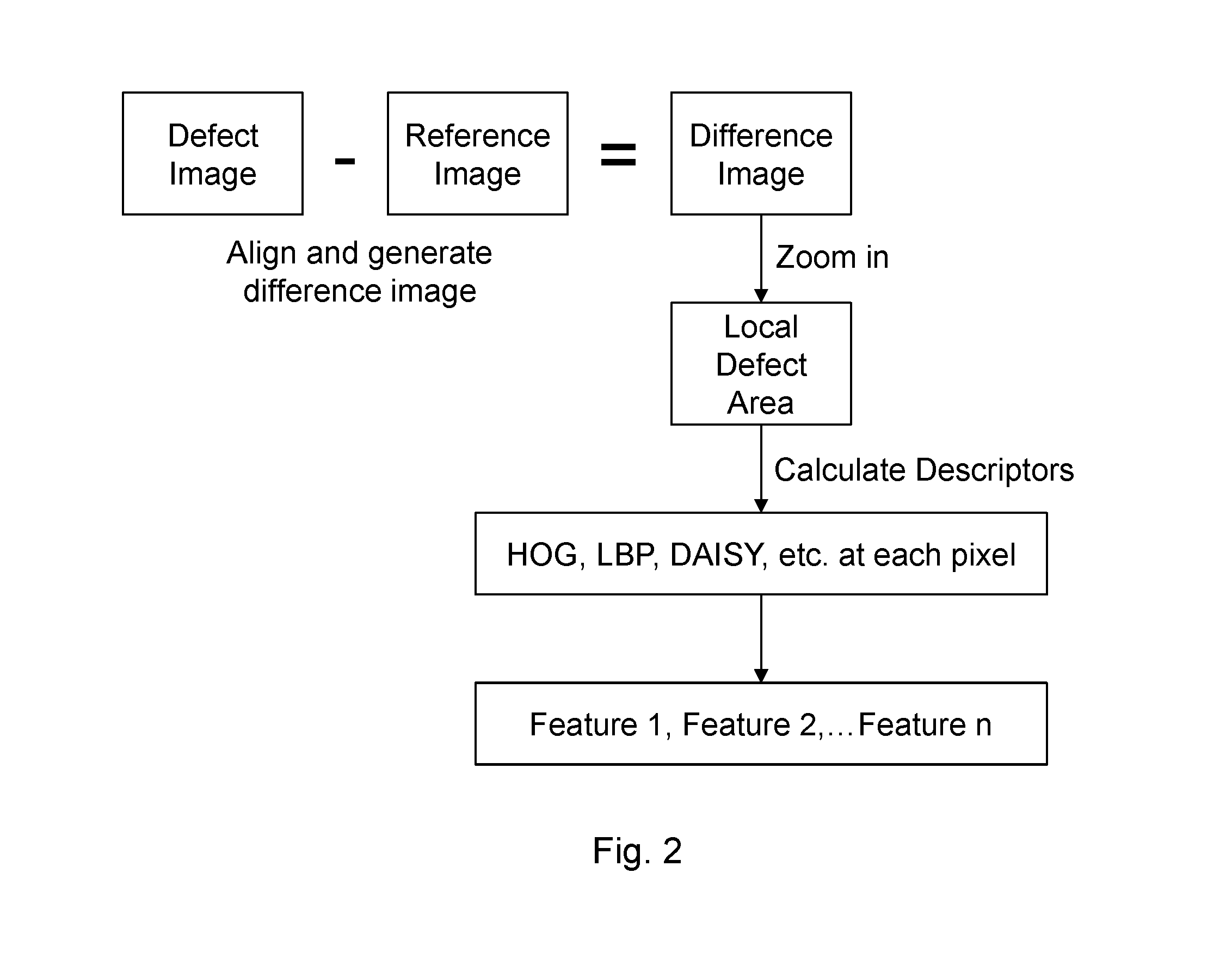Automatic Defect Classification Without Sampling and Feature Selection
a technology of automatic defect classification and feature selection, applied in the field of automatic defect classification systems and methods, can solve the problems of large unclassified defect fraction, difficult to discover discriminating features, and the state of the art in automatic defect classification still requires operator intervention, so as to reduce the size and variation of the first feature map
- Summary
- Abstract
- Description
- Claims
- Application Information
AI Technical Summary
Benefits of technology
Problems solved by technology
Method used
Image
Examples
Embodiment Construction
[0025]The systems and methods of the present disclosure describe a new approach that eliminates the training / setup phase in automated defect classification (ADC) system. Although the new approach may require a large amount of defect images and time to build a machine-learning defect classification system, once the learning has been achieved and the library is in place, it can be leveraged to offset the impact incurred during set up. Often, many images are collected during the acceptance process before a tool is shipped to a customer. Such images can be utilized for the learning process. Once deployed, the new ADC approach can immediately generate defect class codes without any human intervention. The productivity impact is significant.
[0026]For example, using the presently disclosed system and method, there is no need for sampling and verification from operators, thereby saving manpower. No classifier setup process is required and ramp time improves. Inconsistencies and variations c...
PUM
 Login to View More
Login to View More Abstract
Description
Claims
Application Information
 Login to View More
Login to View More - R&D
- Intellectual Property
- Life Sciences
- Materials
- Tech Scout
- Unparalleled Data Quality
- Higher Quality Content
- 60% Fewer Hallucinations
Browse by: Latest US Patents, China's latest patents, Technical Efficacy Thesaurus, Application Domain, Technology Topic, Popular Technical Reports.
© 2025 PatSnap. All rights reserved.Legal|Privacy policy|Modern Slavery Act Transparency Statement|Sitemap|About US| Contact US: help@patsnap.com



